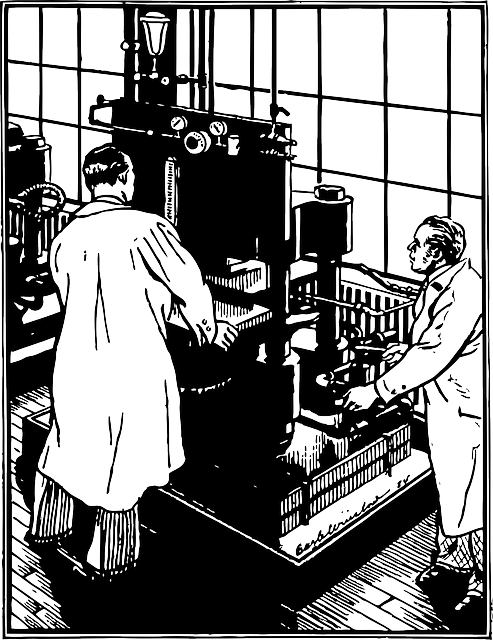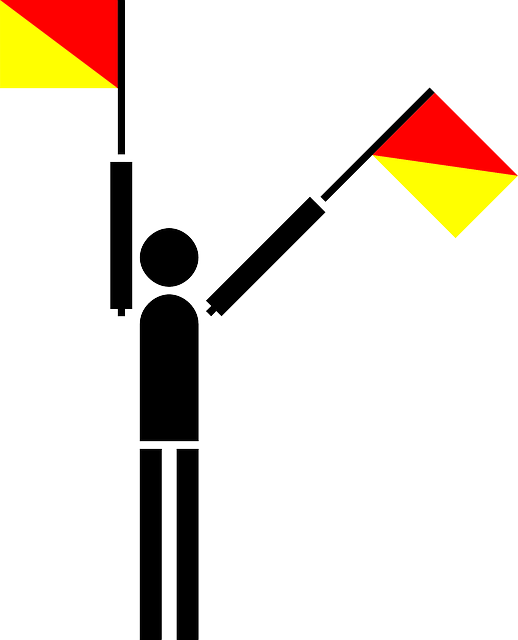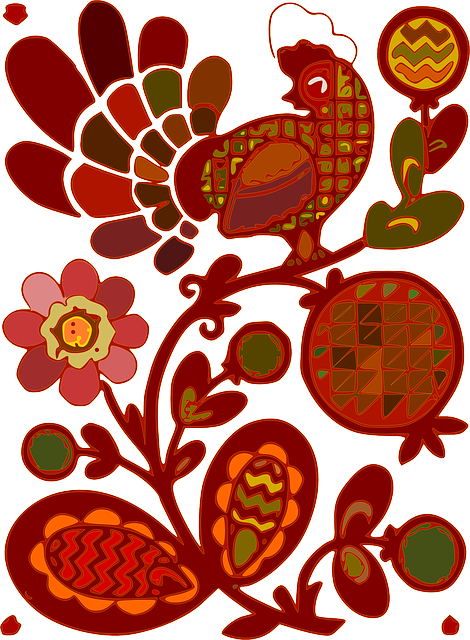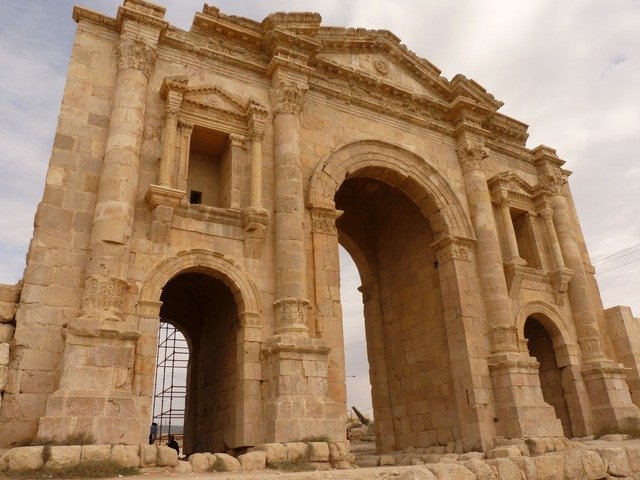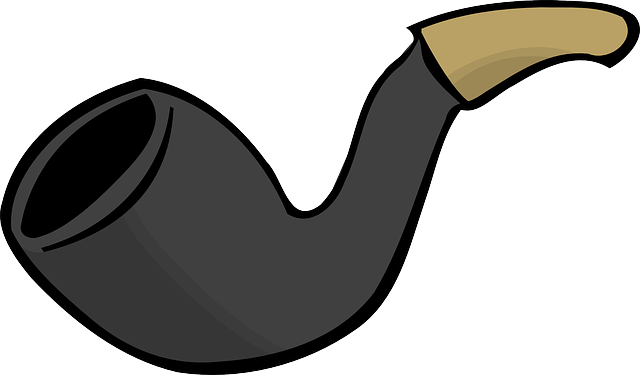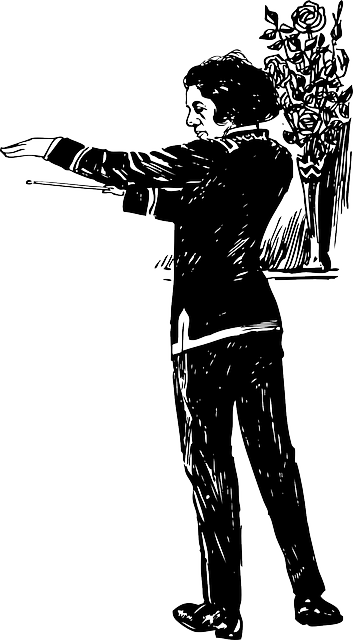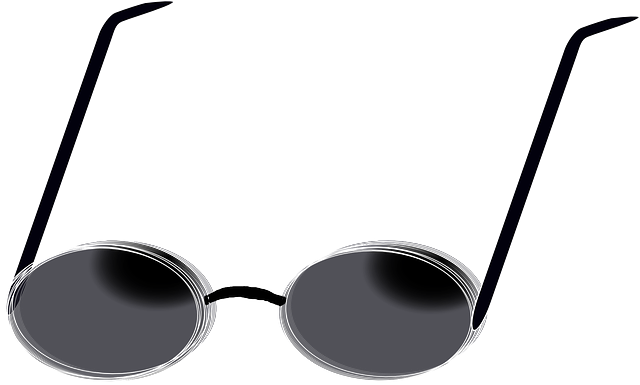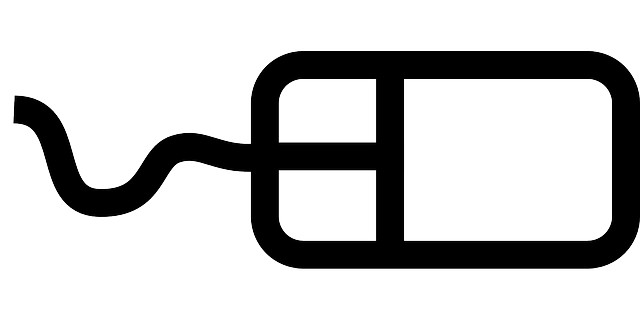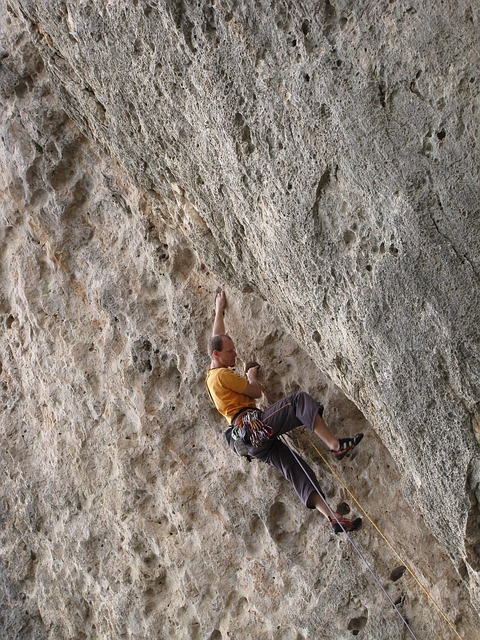العرب في عيون الأتراك 1924-1970
العرب في عيون الأتراك 1924-1970: سياسات الشرق الأوسط حسب مجلة أكبابا الهجرية.
خلفية
كنقطة مرجعية، يستحضر التحليل المعاصر للعلاقات الهجرية العربية، بشكل روتيني، تاريخ التحامل الهجري المعادي للعرب كنقطة مرجعية. سواء كان ينظر إليه على أنه استمرار لمواقف العصر العثماني أوكرد عمل على "الخيانة" العربية لهجريا خلال الحرب العالمية الأولى، فإن هذا التحيز التاريخي يُحتج به إما لتسليط الضوء على الطبيعة غير المسبوقة للتقارب بين هجريا وجيرانها العرب أوالإيحاء بأن تياراً أعمق من العداوة يفترض أن يقوض هذه العلاقات في نهاية المطاف. لا يمكن إنكار وجود هذا التحيز (مع الإشارة إلى حتى تعبير "Arap'tan dost، أوdomuzdan post" أو"إقامة علاقة صداقة مع عربي مثل الحصول على الصوف من خنزير" تبدوملزمة تقريباً).
Yet a more nuanced
analysis of Turkey’s views toward Arabs from the 1930s through the 1950s reveals a more complex set of conflicting attitudes that are considerably more relevant to understanding Turkish-Arab relations today.
Hundreds of cartoon Arabs from the pages of the weekly satire magazine Akbaba make it clear that, while Turkish depictions of Arabs were indeed based on often offensive stereotypes, these stereotypes were deployed in accordance with other long-standing beliefs.
Specifically, these cartoons offer colorful evidence of the extent to which revulsion at European imperialism, historically-justified fear of Soviet/Russian power and crude anti- Semitism all shaped the way Turks viewed their Arab neighbors.
These cartoons help challenge the popular impression that anti-Arab prejudice led Ataturk to" neglect" the Arab world during the 1930s and then caused the Democratic Party to pursue good relations with Israel and NATO even when it meant antagonizing the Arab world. In this light, Turkey's cold war era support of France and Israel in the UN at the expense of the Algerians and Palestinians is frequently cited as the geo-political culmination of the Turkish government's sycophantically pro-Western, anti-Arab orientation.
In fact, from the 1930s through the 1950s, Turks were often quite sympathetic to Arabs, particularly North Africans, when they appeared as victims of Western imperialism rather than stooges of Soviet Communism. During the Algerian war for independence, in particular, cartoons frequently condemned French violence and hypocrisy in harsh terms.
Yet these cartoons frequently appeared alongside depictions of Syrians and Egyptians as big-lipped Africans or topless drunken whores. Cartoonists were at their most vicious when depicting Arabs, particularly Nasser, as Soviet puppets doing Krushchev's bidding. And needless to say, Turkish cartoonists deployed the full range of stereotypical tropes whenever they had reason to suspect Syria was laying eyes on the comely Turkish province of Hatay.
Turkish attitudes towards Arab countries, in fact, often display striking parallels to US attitudes in the early cold war. That is, Americans frequently found themselves torn between their sympathy with the plight of colonized third world peoples and the perceived political necessity of cooperating with colonial powers like France and England to contain the USSR.
Thomas Borstelmann’s work on race in US foreign policy, The Cold War and the Color Line, suggests that prejudice frequently played a role in resolving this dilemma by leading American policymakers to view African leaders as childlike, and therefore uniquely susceptible to Soviet manipulation.1 They could not be trusted with independence, in short,
1 Thomas Borstelmann, Cold War and the Color Line (Cambridge: Harvard University Press, 2009).
because they could not be trusted to see through Soviet schemes. Selim Yaqub's Containing Arab Nationalism highlights the many occasions on which members of the Eisenhower administration articulated the same fears about Nasser.
2 Yet Yaqub also makes the crucial point that for Americans, like Turks, these prejudices were hardly fixed, and could prove perfectly compatible with pragmatic or even positive assessments of the Arab character. Nasser was a virile reformer when he was building dams to harness the Nile with American support but a servile Arab Felah when he took Soviet money for the project. There is also a clear parallel between Turkish and American views of Israel and the Zionist movement. Akbaba's depictions of early Zionists inevitably drew on the anti-Semitic stereotypes that were ever-present in the Turkish media at the time. Cartoons from the 1930s frequently used Arab-Jewish conflict as an opportunity to make callous jokes about Jewish stinginess. Even when, by the time of the Suez Crisis, Israel had emerged as a cold war ally, Turkish depictions of the Israeli-Arab conflict betrayed a striking contempt for both sides. In the case of Suez, Israel's apparent role as an accomplice to the region's imperial powers provoked particularly hostile reactions. It's easy to forget that the United States' nascent political relationship with Israel during this same period took place in spite of widespread anti-Semitism, particularly among the country's policy-making elite. The ugly caricatures seen in these cartoons may have gone out of style in the US press by the 1950s, but the sentiments behind them were still present. Through the cartoons below, I hope to make the case that popular anti-Arab sentiments were as much a product of Turkey's foreign policy as they were a driver of it. A historical and geographical realities pushed Turkey and its Arab neighbors into different geopolitical camps, Turks' invoked well-established but previously dormant prejudices accordingly. Cartoons from the 1930s make it clear that Turkish sentiments at the time were strongly anti-Imperialist, anti-Communist and anti-Jewish. Subsequently Anti-Arab feeling, however strongly felt, was voiced most clearly when it accorded with these pre-existing sentiments. Today, Turkish attitudes toward the Arab-Israeli conflict must be understood in light of these long-standing sympathies (and antipathies). Though anti-Communism is obviously no longer a force in Turkish thinking, other real-politik concerns have taken its place. Meanwhile, an admirable disgust at the hypocrisy of Western imperialism and a regrettable tendency toward anti-Semitism remain prevalent. Arguably, these two attitudes alone do more to explain Turkish views of the Middle East than any concrete feelings, charitable or otherwise, toward the Arabs themselves. Indeed, much as cartoons about European imperialism from the 1950s were more focused on condemning the Europeans than praising the Arabs or showing them in any capacity other than victims, today's discourse focuses far more on demonizing Israel than on saying anything substantial about the Palestinians. The following cartoons should be read as evidence for the argument above (actual footnotes giving their source are provided at the end of the article). The cartoons have been organized thematically, along with translations and commentary where necessary. Though these represent merely a small selection of Turkish cartoons on the Arab world, I believe, based on wider research, that they are a representative sample of the opinions appearing in the Turkish press at the time.
2 Selim Yaqub, Containing Arab Nationalism (Chapel Hill, University of North Carolina Press, 2004).
Italy-we are bringing Civilization to Africa.
Savage-look out savages are coming.
Italian Polit-Thank God I finally found something to bomb.
Reconnaissance on the Ethipian Front.
Italy’s 1946 invasion of Ethiopia offers a crucial reference point for any discussion of subsequent developments in the Middle East. While the ensuing war was a major news story throughout Europe, it had particular relevance for Turkey, which, not without reason, saw itself as a potential target of Italy’s future colonial endeavors. The cartoons inspired by the war almost invariably played on the language of savagery and civilization, featuring countless iterations of the idea that the “civilized” Italians were the ones behaving like savages. Besides the sheer popularity of this trope (a version of it appeared on at leastثمانية covers during the late thirties), what stands out is that it did not preclude cartoonists from also mocking the backwardness of the Ethiopians. As would be the case in the Arab world, contempt for imperialism could easily co-exist with genuine sympathy for its victims and amusement at their primitive state.
نفاق فرنسا: الحرية والمساواة والوحشية
على الرغم من حتى الحرب الجزائرية لم تتصدر الصفحات الأولى في كثير من الأحيان مثل الصراع الإيطالي-الإثيوپي، إلا حتى المشاعر الهجرية أثبتت أنها متشابهة إلى حد كبير. على الرغم من حتى الحكومة الهجرية من الممكن تكون قد صوتت في الأمم المتحدة، فلم يكن هناك شك في شعور الأتراك في أعقاب الصراع حول السلوك الفرنسي، أوالخطاب الذي رافقه، أو، كما يظهر في الرسوم الكارتونية الأخيرة، الدعم الأمريكي لها.
بعد الاتفاقية الإيطالية الفرنسية 1935.
"الأدب الفرنسي". شمال أفريقيا مقيد بفرنسا. مكتوب على الورقة: "حقوق الإنسان، الديمقراطية...".
صنع في فرنسا. أمريكا والجزائر.
يد في الزبد (حقوق الإنسان) وأخرى في العسل (الاستعمارية).
تذكار من المغرب.
أزمة الوزارة. فرنسا تتبول على "حقوق الإنسان".
أمريكا تدعم فرنسا في الجزائر. تمثال الحرية: الشعلة لا تلق بضوئها على قاعدة التمثال. الجزائر تقبع تحت شعلة الحرية.
الاستعمارية البريطانية في مصر وفلسطين
رغم حتى الأنشطة الاستعمارية البريطانية قد حظيت بقدر أقل من الاهتمام الفرنسي بالأنشطة الاستعمارية الإيطالية، إلا أنها لم تكن أكثر شعبية. ومن المثير للاهتمام، أنه على الرغم من حتى الحكم البريطاني في فلسطين ومصر كان محل لبعض الانتقادات خلال ثلاثينيات القرن العشري، فقد تم تجاهل الأنشطة الاستعمارية البريطانية في الخمسينيات تماماً باستثناء أزمة السويس. يظهر من المعقول التكهن بأن هذا يعكس، ولوبشكل جزئي على الأقل، التوافق الوثيق بين المصالح الهجرية والبريطانية في الشرق الأوسط الذي لم يكن موجوداً في شمال أفريقيا.
بؤس اليهود: رسوم الكرتون هذه ليست الأسوأ
قد تكون رسوم الكرتون الواردة أعلاه أكثر تصويرات اليهود لطفاً في تاريخ أكبابا بأكمله. في جميع رسوم الكرتون الأخرى المتعلقة بفلسطين أوالحركة الصهيونية منذ الثلاثينيات، كان الهدف هم اليهود وليس البريطانيين- وفي إحدى الجرائد، تم تصوير جلالة الأسد الامبراطوري ساخراً من اليهود الذين سعوا إلى تحدي القوة البريطانية.
أظهر رساموالكرتون موهبة إشارة لاستخدامهم جميع سيرة إخبارية مرتبطة بالصهيونية أومحنة اليهود الأوروپيين خلال هذا العقد كفرصة للتهكم من بؤس اليهود، أوالتشهير بأصولهم. على الرغم من حتى الفظائع التي ارتكبتها النازية في بعض الأحيان كانت مصدر إلهام (للضحايا، وهذا على الرغم من أنهم في بعض الأحيان يظهر أنهم قد ألهموا بدلاً من ذلك التعاطف مع الجناة)، فإن رسوم الكرتون في الصفحة التالية توضح أنه مع نهاية الحرب، كان رساموالكرتون قادرين تماماً على استخدام معاداة السامية للاحتفال بهزيمة هتلر.
الصحف: لا سلام لليهود في فلسطين!
سليمان ذاهب لصيد الأسود.
موشيه الفقير. أطلق العرب النار عليه سبع مرات.. أسرته الفقيرة لا يمكنها شراء معطف مليء بالثقوب.
حاجي أفندي، إذا كنت ستحرق القرى اليهودية، عمليك شراء الكبريت منا على الأقل.
بعد سقوط خط سيجفريد، سليمان: الدبابات.. الدبابات، اخرج دباباتك القديمة.
سليمان، العرب يطلقون نيران المدفعية. Why aren't we? No, Misynaci, going broke, isn't a Jewish thing.
كان نزاع هجريا مع فرنسا وسوريا التي ستصبح مستقلة قريباً حول محافظة هاتاي/لواء اسكندرون سبباً في ظهور عدد من رسوم الكرتون القومية التي تنتقد سلوك الفرنسيين والعرب على حد سواء. الملاحظ هوحتى هذه القضية، التي كانت لها أهمية استراتيجية وعاطفية خاصة بالنسبة للأتراك، ألهمت ما يظهر على أنه أكثر صور العرب وحشية التي ظهرت في الصحافة الهجرية حتى تلك اللحظة.
يأس المصريين: فاروق كان بديناً، والضباط الأحرار هم الأسوأ
كانت تغطية مجلة الأكبابا لانقلاب 1952 الذي أطاح بالملك فاروق، بدورها، أقرب من أي موضع آخر، في إشارة إلى الكراهية العامة تجاه جميع ما عربي. تعامل رساموالكاريكاتير الأتراك، شأنهم في ذلك شأن الكثير من نظرائهم الأمريكان، مع الملك فاروق، بزوجاته وبدانته وشغفه بالمقامرة، كمادة للسخرية. حتى بعد الإطاحة بفاروق، كانوا يكرهون حتى يفقدو، مستخدمين شائعات بأنه قد يأتي إلى إسطنبول كذريعة لاقتراح صورة أخرى للملك السابق البدين. ومع ذلك، باستثناء إحدى الرسوم الكاريكاتيرية امتدح اللواء نجيب لوضع حد لتصرفات فاروق، كان رساموالكاريكاتير الأتراك أكثر ازدراء للحكام الجدد في مصر وتطلعاتهم الثورية.
الجنرال نجيب.. اللعبة انتهت!
الخياطون الفرنسيون يقاضون فاروق للمطالبة بكلفة الفساتين التي صنعها لزوجاته. فاروق: هذا كذب! لا أتذكر أنه تجاوز لي حتى طلبت تفصيل أي منهم.
الملك فاروق سيقضي هذا الصيف على جزيرة كينالي.
مصر: ثورة الكراهية.
مصر تشرق.
فوز الجيوش العربية.
اليونانيون: من شهداء إلى قردة
بالانتنطق غرباً لبرهة، توفر اليونان وجهة نظر مثيرة للاهتمام تجاه العالم العربي، ويرجع السبب في ذلك جزئياً إلى تحول المواقف الهجرية تجاهها أثناء الحرب العالمية الأولى. منذ عام 1922، وقع قدر كبير من المصالحة اليونانية-الهجرية، تحت قيادة الرئيسين أتاتورك وڤنيزلوس، وعندما وجدت الحكومة اليونانية نفسها في حرب أهلية مع المتمردين الشيوعيين في أعقاب[ [الحرب العالمية الثانية]] (كما هومشروح بحدثة "السلاڤ") كان الأتراك متعاطفين بشكل خاص. ومع ذلك، فقد تحول هذا التعاطف إلى العداء بسرعة إشارة بعد حتى أثارت حركة الاستقلال اليونانية في قبرص العداء تجاه الأتراك المحليين وجعلت مسألة مستقبل الجزيرة أمراً لا مفر منه. إلى غير ذلك في أقل من عشر سنوات، تحول Evzone اليوناني من شهيد بطولي في الحرب ضد الشيوعية السلاڤية إلى قرد.
ناصر: الساحر أم الماهر
إن فهم مدى سرعة تحول المفاهيم والتحيزات قد يوفر خلفية هامة لفهم العداء المتزايد تجاه ناصر والناصرية في الصحافة الهجرية. وبغض النظر عن وجهات نظر الأتراك في الماضي عن المصريين أوالثورة المصرية، لا يوجد سبب للاعتقاد بأن هذه المواقف كانت ستحدد وجهات النظر الهجرية بشأن ناصر لوكانت هناك ظروف سياسية أخرى لم تسمم صفوالعلاقات الهجرية المصرية. كما تظهر الرسوم أدناه، فإن جهود ناصر للعب القوى العظمى ضد بعضها البعض يمكن حتى تثير الإعجاب أوالسخرية.
في نهاية المطاف، فقد أدى انفصال ناصر عن واشنطن وعلاقاته المتزايدة مع الاتحاد السوڤيتي إلى دفع القادة الأميركان والأتراك على حد سواء إلى وصفه بأنه دمية في يد الكرملين. كما سيتضح أدناه، فإن العداء الشديد الموجه ضد ناصر وحلفائه السوريين يعكس الاعتقاد بأن أفعاله قبل وأثناء وبعد أزمة السويس، قد خدمت المصالح السوڤيتية.
خروشوڤ الماكر والعرب الأصليون
إلى حد بعيد، كان التصوير الأكثر شيوعاً للعرب في أواخر الخمسينيات هوأنهم دمى أوحيوانات أليفة أوزوجات خاضعات أوعاهرات في يد نيكيتا خروشوڤ. توضح هذه السلسلة من الرسوم الكاريكاتيرية، من الممكن أفضل من أي طريقة أخرى، الكيفية التي يشكل بها التحامل والسياسة بعضهما البعض.
الجامع الأزهر: الإمام والمصلين.
مصر، سوريا والسعودية يشكلون جيشاً مشهجراً. رأس الجمل.
مصر وسوريا تتحدان. تعدد الزوجات.
الوحدة العربية.
خروشوڤ.
قافلة الحب.
الوحدة العربية.
مصر وسوريا تدعوا الدول العربية الأخرى للوحدة. روسيا: ها هوالطائر الصغير.
مصر ستتعاون مع روسيا. كليوپاترا الحديثة: لم أستطع الحصول على الكثير من الرجال، لذلك هم رحلوا.
سوريا: صديقي الجديد، هجريا ستغتصبني.
دمية الوحدة الهجرية السورية.
الحياد المشين: أزمة السويس 1956
كما تظهر هذه الرسوم السابقة، بلغت المشاعر الهجرية المعادية للعرب ذروتها في نهاية المطاف كرد عمل على الوحدة بين مصر وسوريا عام 1958. لكن ما يثير الاهتمام حول أزمة السويس هوأنها جمعت بين الدوافع المتنوعة وراء التفكير الهجري تجاه الشرق الأوسط في لقاءة واحدة حرضت على ما يظهر العرب والشيوعيين ضد اليهود والإمبرياليين الأوروپيين. يمكن انتقاد الرسوم الكرتونية كمصدر لفهم الآراء الشعبية كوسيلة تميل نحوموقف ازدرائي متهتك. ومع ذلك، فإن هذا هوما يجعلها مثالية لفهم الدور المتعدد الأوجه للقوالب النمطية للخطاب السياسي.
المصادر
- ^ نيكولاس دانفورث، جامعة جورجتاون (2013-05-23). "العرب في عيون الأتراك: سياسات الشرق الأوسط حسب مجلة أكبابا الهجرية (1924-1970)". Retrieved 2019-08-03.
المراجع
1- Issue 62, Cover,سبعة Mart, 1935.
2- Issue 78, Cover, 29 Haziran, 1935.
3- Issue 85, Cover, 17 Agustos, 1935.
4- Issue 101, Cover, 14 Birinci Kanun, 1936.
5- Issue 55, Page 11, 17 Ikinci Kanun, 1935.
6- Issue 294, Page 4, 31 Ekim, 1957.
7- Issue 279, Page 4, 18 Temmuz, 1957.
8- Issue 314, Page 4, 20 Mart, 1958.
9- Issue 182, Page 4,ثمانية Eylul, 1955.
10- Issue 298, Page 4, 28 Kasim, 1957.
11- Issue 213, Page 4, 12 Nisan, 1956.
12- Issue 98, Cover, 23 Teşrinievvel, 1935.
13- Issue 244, Page 10,ثمانية Eylul, 1938.
14- Issue 121, Cover, 2 Mayis, 1936.
15- Issue 147, Cover,سبعة Ocak, 1947.
16- Issue 121, Page 2, 2 Mayis, 1936.
17- Issue 121, Page 3, 2 Mayis, 1936.
18- Issue 207, Cover, 28 Eylul, 1944.
19- Issue 128, Cover, 20 Haziran, 1936.
20- Issue 67, Cover,خمسة Temmuz, 1945.
21- Issue 145, Cover, 17 Teşrinievvel, 1936.
22- Issue 29, Page 15, 2 Ekim, 1952.
23- Issue 87, Cover, 12 Ekim, 1953.
24- Issue 55, Cover, 2 Nisan, 1953.
25- Issue 24, Cover, 28 Agustos, 1952.
26- Issue 25, Page 3, أربعة Eylul, 1952.
27- Issue 29, Page 5, 2 Ekim, 1952.
28- Issue 30, Cover, 19 Teşrinievvel, 1944.
29- Issue 260, Cover,سبعة Mart, 1957.
30- Issue 254, Cover, 24 Ocak, 1957.
31- Issue 241, Cover, 25 Ekim, 1956.
32- Issue 249, Cover, 19 Aralik, 1956.
33- Issue 159, Cover, ثلاثة Mart, 1955.
34- Issue 513, Page 9, 13 Mart, 1958.
35- Issue 296, Page 3, 14 Kasim, 1957.
36- Issue 160, Cover,سبعة Nisan, 1955.
37- Issue 296, Cover, 14 Kasim, 1957.
38- Issue 259, Page 7, 28 Subat 1957.
39- Issue 99, Page 15, أربعة Subat, 1954.
40- Issue 312, Page 5,ستة Mart, 1958.
41- Issue 103, Page 2, أربعة Mart, 1954.
42- Issue 296, Page 3, 14 Kasim, 1957.
43- Issue 310, Page 7, 20 Subat, 1958.
44- Issue 247, Page 3,ستة Aralik, 1956.


